SEO is a complex process of optimizing your website. The ultimate goal is to have your content displayed on the first page of the search results so that your audience can easily find your website. A way to simplify and organize your SEO process is to use the SEO pyramid.
The SEO pyramid is a strategic step-by-step framework meant to help your SEO work process. The main components in the SEO pyramid strategy are technical SEO, content creation, on-page SEO, and off-page SEO. Simply put, you can optimize your website following the four levels of the SEO pyramid.
There are many versions of the pyramid. But in general, the essential activities are placed at the bottom of the pyramid (technical SEO), while the ones less critical are at the top. We, at Morninscore, have analyzed over 15 versions of the SEO pyramid. Then, we designed the ultimate SEO pyramid, using the most common elements met in our research and improving it with inputs from our SEO specialists.
The SEO pyramid is your starting point in learning SEO because it explains what SEO is all about at a glance. Let’s look at what the SEO pyramid contains and how you can use it in your SEO strategy.
What is the SEO pyramid strategy?
The SEO pyramid is a strategic overview of all the concepts and areas you need to pay attention to in your SEO process. Using the SEO pyramid will help you strategically increase your website’s rankings and attract more visitors.
Doing SEO can be a challenge, especially if you are new to the field. There are many valuable resources to help you in your SEO process. The SEO pyramid is one of the models that guide you in making sense of SEO and provides a unique overview of the essential elements you need to focus on.
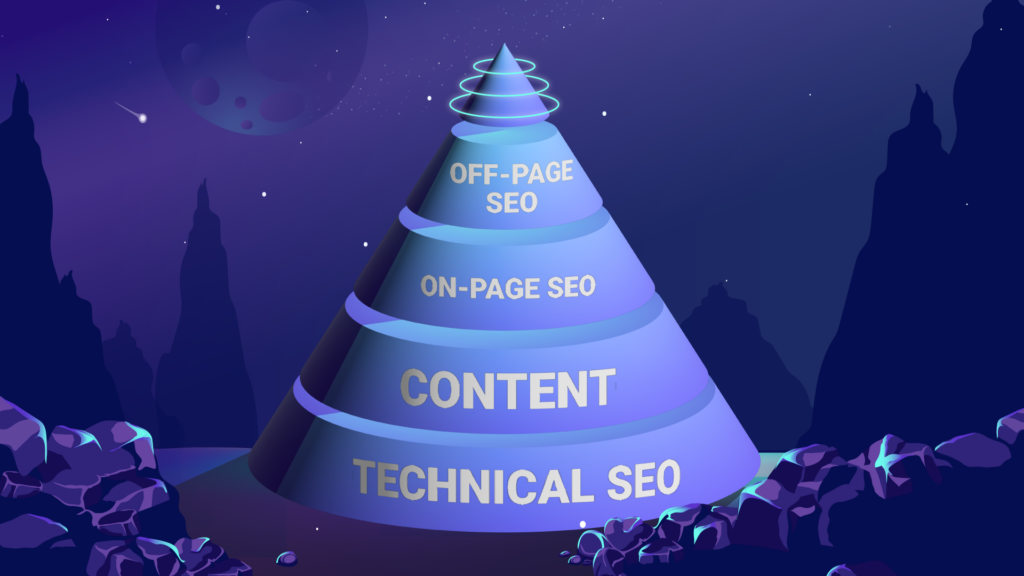
The SEO pyramid is divided into four levels, and each level contains specific components worth working on to optimize your website:
- Technical SEO
- Content
- On-page SEO
- Off-page SEO
Let’s break SEO into parts – the four levels of SEO. As mentioned above, the SEO pyramid includes technical SEO, content, on-page SEO, and off-page SEO. Each main area consists of the components you need to work on in your SEO process. Read our complete SEO checklist for an in-depth step-by-step guide.
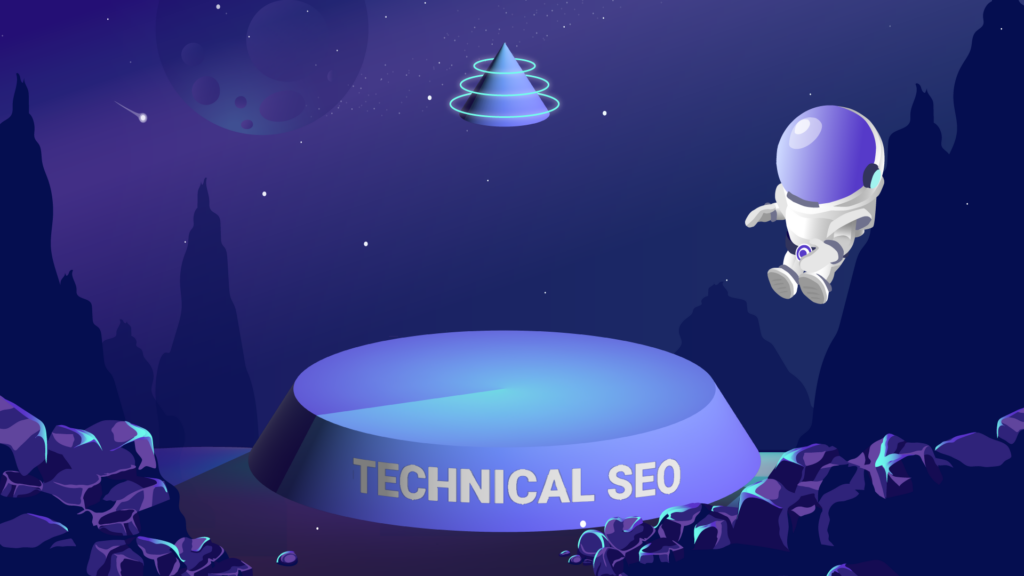
As a general rule, the first step in the SEO process is to ensure that your website is technically fit before you create content and attract visitors to it. Therefore, the first level in the SEO pyramid is technical SEO. The goal of SEO is to make your website rank high and be visible to both your target audience and search engines. And this is where technical SEO comes into play: you need to make sure that your website is technically ready to be seen by search engines and visited by people. I know technical SEO can be scary at first. Still, the SEO pyramid provides a step-by-step approach making SEO easier. Or you can simply use an SEO checker tool to check your website’s technical SEO performance.
Doing technical SEO implies that you make sure that your website:
- is crawled and indexed by search engines
- has a secure HTTPS connection
- has a loading speed of no more than 2 seconds
- is mobile-friendly
- has an SEO-friendly site structure
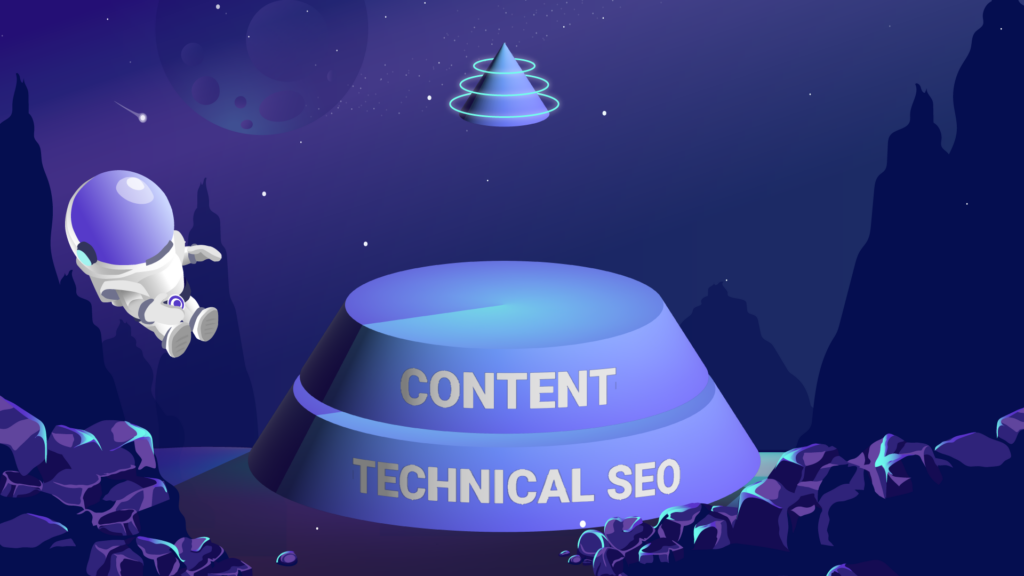
Once you take care of the technical SEO, it’s time to move to the next level of the SEO pyramid and optimize the content. Content is the essence of your SEO because search engines find and display web pages that contain information relevant to people’s search queries. Visitors come to your website to read the content that brings them value. Content comes in many formats, such as text, image, video, PDFs, and much more, and, as Bill Gates said in his 1996 essay, “Content is king”.
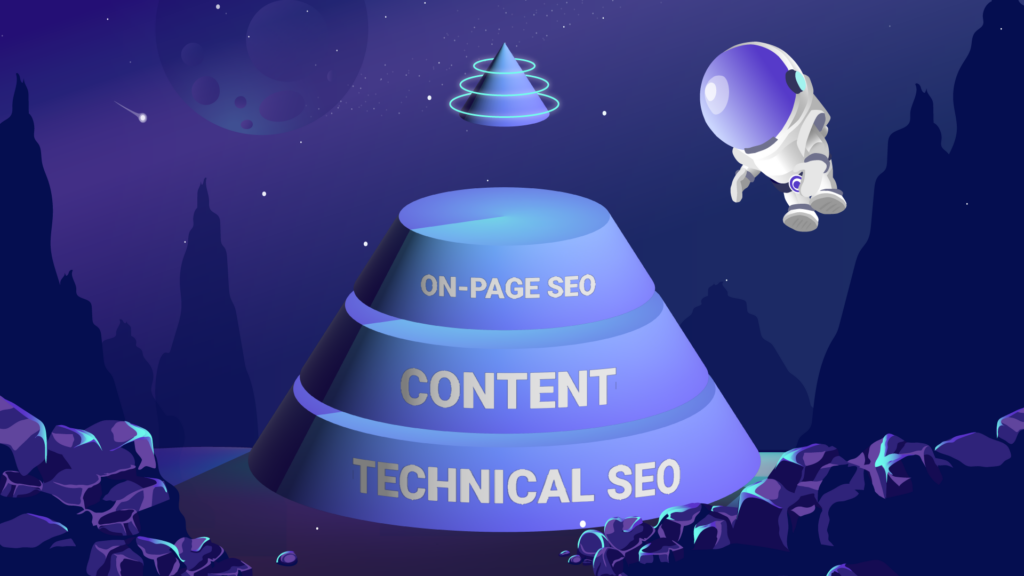
On-site SEO is the process of optimizing the content on your website in detail. This means looking at the small elements on your website that significantly impact how well your website performs. On-page SEO is the third step in the SEO pyramid.
Let’s say you have technically optimized your website and created SEO-friendly content. Now it’s time to address the fine details that can make your website fully optimized. In the third level of the SEO pyramid, you will focus on optimizing your website by:
- optimizing the page titles and meta descriptions
- optimizing the image size and alt text
- integrating H1-H3 headlines in your copy
- adding internal links
- assessing the usability of your website (UX and UI)

The last step in the SEO pyramid is to perform off-page SEO. As the name suggests, now it’s time for you to focus on what you need to do outside your website. Off-site SEO includes:
- link building
- listing your website in local business directories
- integrating H1-H3 headlines in your copy
- using social media to promote your content organically
The SEO pyramid can be sub-segmented even further. Still, every other SEO activity falls under one of the main categories: technical SEO, content, on-page SEO, or off-page SEO.
Why is the SEO pyramid strategy important?
A good starting point in planning your SEO strategy is to use the SEO pyramid. This method is an organized way of doing search engine optimization. Whether you’re new to SEO or already have experience in the field, the SEO pyramid can guide your work process in optimizing your website.
SEO is a complex, ongoing process, but the SEO pyramid provides a simplified overview of the essential elements you need to work on. Together with our tool, the SEO pyramid can make your search engine optimization process fun and simple.
The SEO pyramid strategy is important because it provides a systematic approach to SEO. The four levels of the pyramid act as a step-by-step guide on doing SEO. The SEO pyramid offers an overview of all the elements necessary to focus on to optimize your website.
The bottom level of the pyramid is meant to help you achieve basic website optimization. Here, you focus on choosing the right CMS for your website, improving the loading speed, and other technical SEO aspects mentioned above. In the “Content” level of the pyramid, you should focus on understanding your target group and competitors and perform keywords analysis. All of this propels you to create relevant, unique content that ranks higher on the search results page (SERP).
The top level of the pyramid deals with on-site and off-site SEO. For you, this means it’s time to optimize your website in terms of page title, meta description, use of H1 – H3, and ensure a good user experience for your visitors. Once these elements are taken care of, you can move on to off-site SEO. Now your focus is on organically promoting your content through link building, social media, and registering your website on local business directories.
How to improve rankings using the SEO Pyramid strategy?
The SEO pyramid helps your website rank higher on the search results page because it offers you an organized approach to SEO. When you follow the levels in the SEO pyramid and complete every SEO element, you systematically optimize your website. Check out how you can specifically improve your SERP ranking by using the SEO pyramid.
17 ways to improve SEO with the Pyramid strategy:
1. Ensure your pages are in Google’s index
The first step in your SEO process is to have your website crawled and indexed by search engines. The search engines show your website in the search results once they crawled and indexed your web pages. Search engines use spiders to crawl the internet and collect information about the websites they come across, using the files and snippets of code present on those pages.
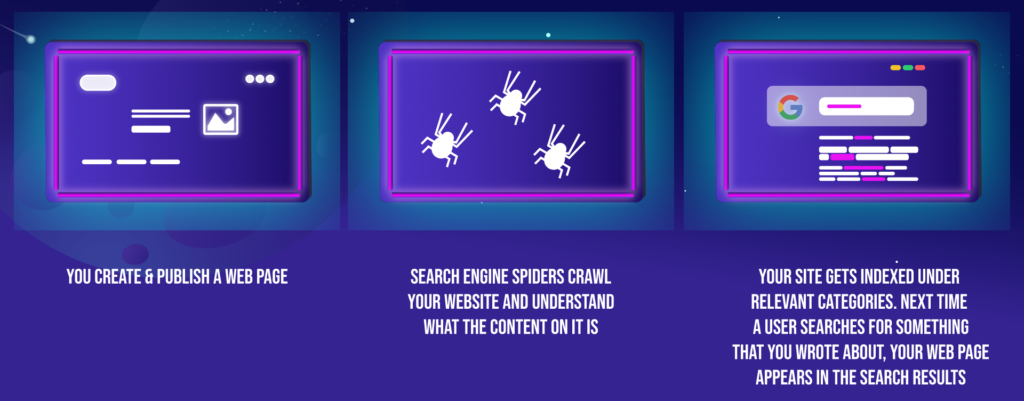
2. Make sure your website is secured with SSL
Having a secure HTTPS is another significant aspect of optimizing your website. Search engines like websites are served via a secure connection. Not to mention that your website’s visitors will find it more trustworthy than a case in which they are met with a “Not secure” warning.

3. Optimize your loading speed
The loading speed of your website influences the behavior of your visitors. No matter if you have good content, if the web page is loading too slow (more than 2 seconds), the users will leave your website. Google and the other search engines also prefer websites that load fast, and these get to rank higher on the search results page. One of the things you can do to improve your website’s speed is to optimize and compress your images before uploading them.
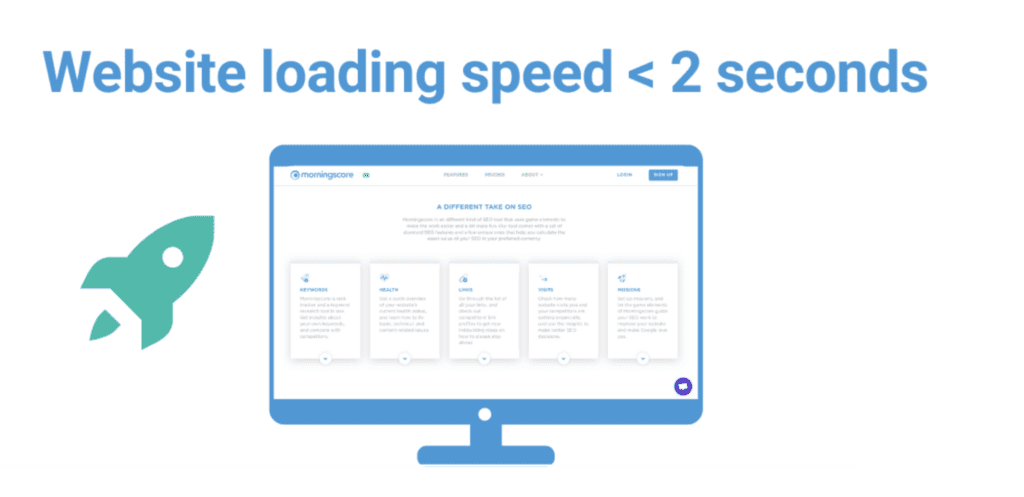
4. Incorporate a mobile-friendly web design
Responsiveness (mobile-friendliness) is more important than ever when it comes to optimizing your website. Your website’s content should be well-displayed on all devices – desktop, mobile phones, and tablets. Now, when more than half of all web traffic is mobile, you need to consider how responsive your website is when accessed on a mobile device.
The content of your website needs to automatically adjust to the screens of different devices so that users can read, zoom, and quickly click on buttons. A mobile-friendly website performs better and allows visitors to navigate your web pages on the go, increasing your website’s traffic.
More than that, many user experience designers advocate for mobile-first when it comes to creating a website. It is considered that a website that performs well on mobile, it will do well on all the other devices. Suppose you’re curious to see which type of device your audience reaches your website from. In that case, you can check your Google Analytics account.
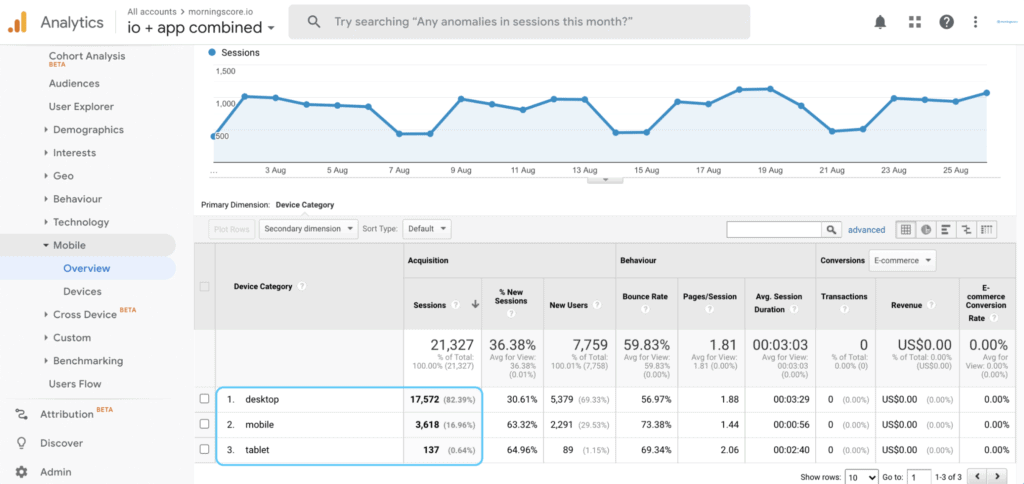
5. Optimize your website structure
Site structure (site map) is the last but least important element of your technical SEO. Creating an SEO-friendly website architecture means that search engines and people alike correctly understand your website. The site architecture is the way your web pages are structured and linked together.
Your goal is to create a site map that helps your users and search engine crawlers find what they’re looking for. An optimized website begins with an optimized site map that allows search engine spiders to crawl and index all the pages of your website. In addition, a well-thought information architecture allows users to navigate and find the necessary content on your website easily.
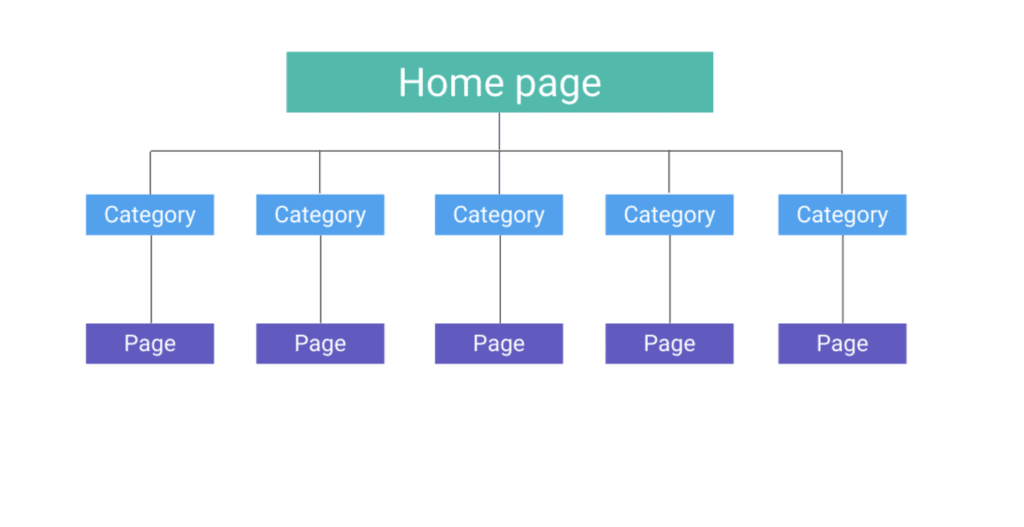
6. Analyze your rankings and research keywords
Content creation starts with keyword research. You need to find what people are searching online for and choose the topics relevant to your industry. Keep in mind that people’s search intent and context are essential when deciding what keywords to use. There are plenty of keyword research tools on the market that you can use to discover the words and phrases your audience is searching for.
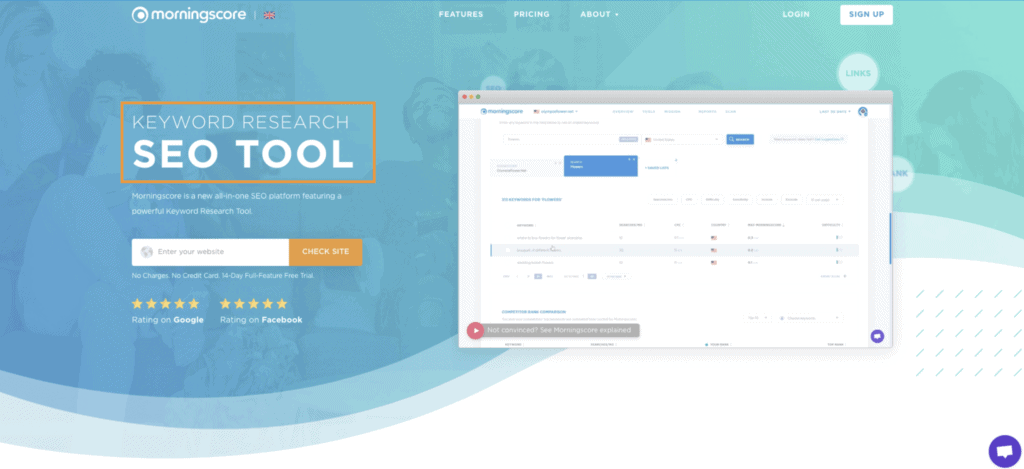
7. Do SEO competitor research
When conducting keyword research, it is also necessary to look at your competitors’ terms to avoid keywords that are too difficult to rank for. At the same time, doing competitor analysis can inspire you to choose relevant keywords for your target audience. If your competitors are using certain keywords, there is a high chance that those are the words that could bring people to your website.
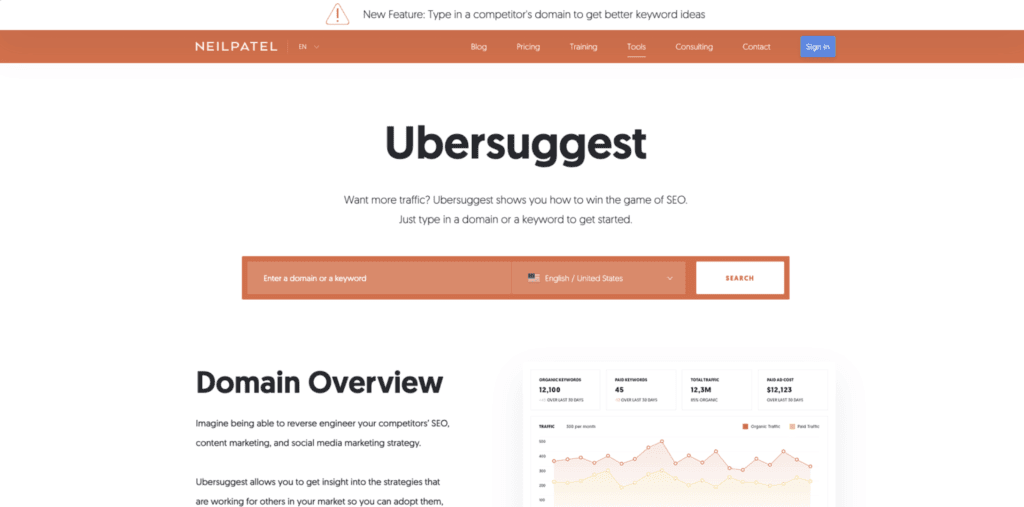
8. Create unique and relevant content
Your website will likely rank higher on the search results page (SERP) if you create unique content. Search engines favor websites whose content confirms what the majority of sites wrote about and at the same time adds more value to the reader through new information.
The content you create must be relevant to your audience’s interests. Relevance plays a major role in writing for SEO. If the content on your website matches people’s search queries, then your website will perform well in the search results.
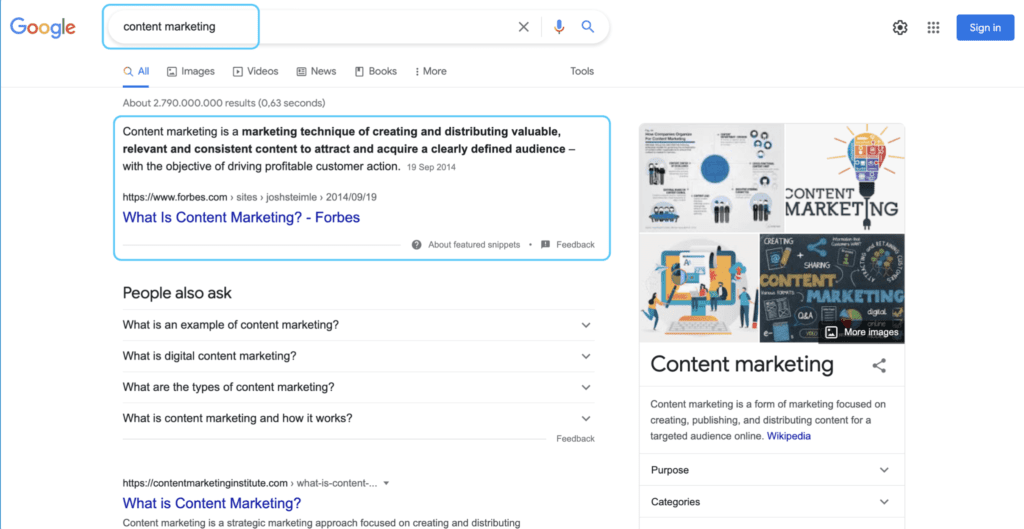
9. Optimize page titles and meta descriptions
Page titles and meta descriptions are tags placed in the header of each webpage. Search engines use these to create the featured snippet you find on the search engine results page. The page title influences how high your web page will rank in the search results. Meta descriptions contain the short answer to a user’s search query, therefore affecting the click-through rate.
Both page titles and meta descriptions need to be optimized, keeping in mind people’s search intent. Tip: use the YOAST WordPress plugin to guide you in crafting a good meta description.
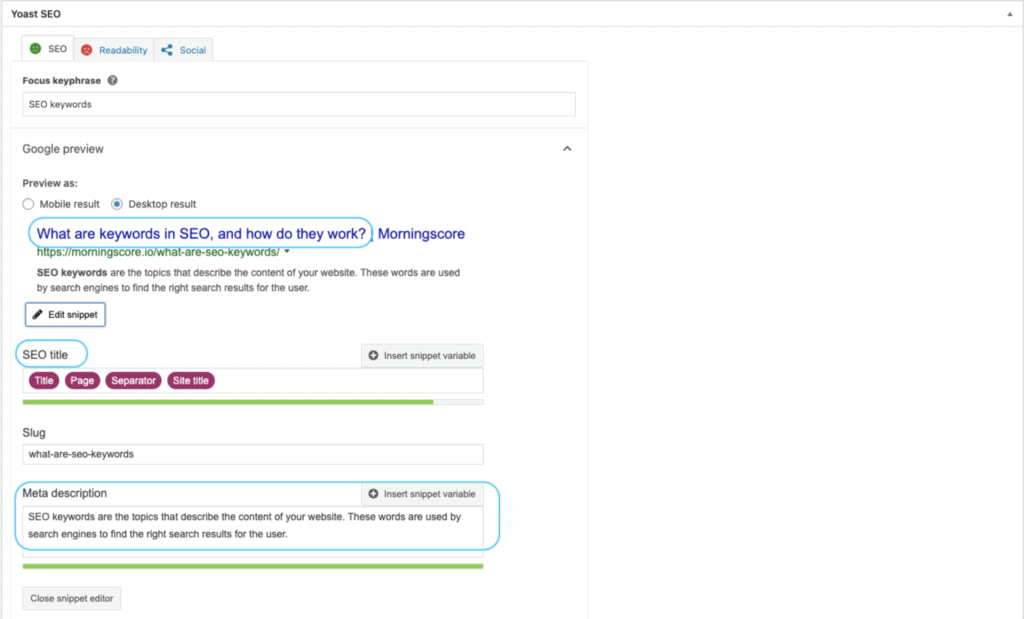
10. Use good content formatting
When formatting your content, it’s important to use H1 – H3 headlines to make your text easy to read. Common practice is to use one H1 heading as the title of your page, while H2 and H3 should be used as subheadings for different parts of your content. Besides the aesthetic element, search engines use the H1- H3 tags to identify the header of a page or to recognize different sections in the same web page.

11. Optimize image size and alt text
Image optimization is an essential part of optimizing your website. Every time you upload and insert pictures in the body of a webpage, you need to compress them beforehand, so they don’t slow the loading speed of your site.
Keep in mind that the size of your images impacts the speed of your website as well. As a general rule, you should avoid uploading images bigger than 1 MB. You can use an online image resizer to modify the size of your pictures and compress images with tools such as TinyPNG.
Alternative text (alt text) is a short description of the image you upload on your web page. Using alt text contributes to your website’s SEO because it tells search engines what the image is about. More than that, alt text on images makes the pictures accessible to blind users who would otherwise only hear “image” when using a screen reader.

12. Create internal links between important content
Internal links are another critical, fine element of on-page SEO. Internal linking allows you to connect your content with other relevant web pages on your website. This way, users can click on the highlighted text (anchor text) and be redirected to another page on your site. Internal links improve the usability of your website so that your audience has a better user experience.
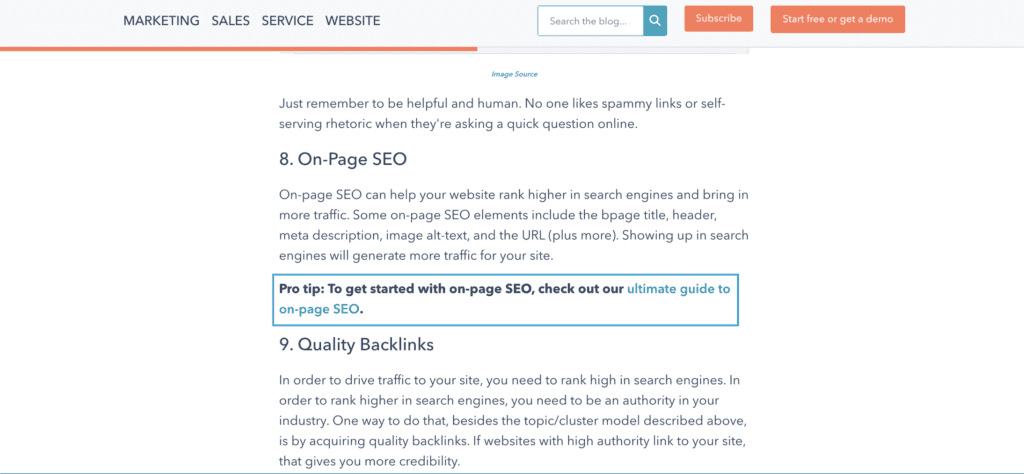
13. Add schema markup
Schema markup (a.k.a. structured data) is how search engines get precise information about your content. These snippets of code also help search engines display web pages that are the most relevant to a user’s search query, taking context into account.
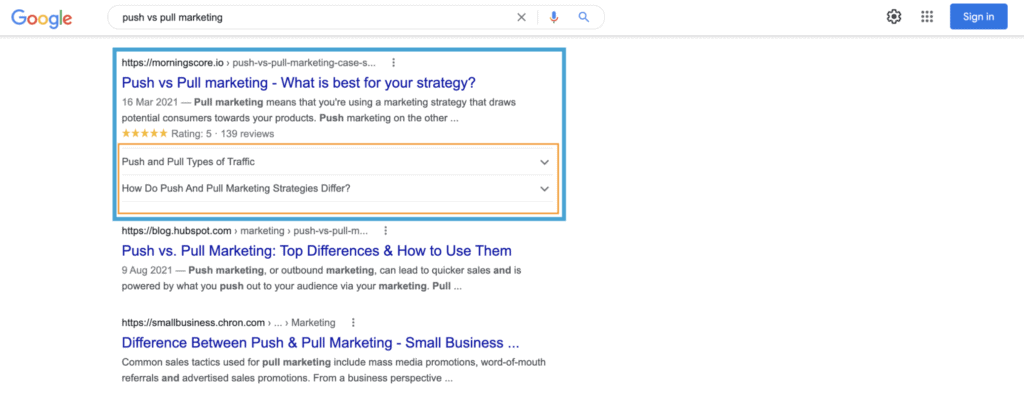
14. Make your website easy to navigate (UX & UI)
Usability (UX and UI) plays an essential role in SEO. Simply put, usability refers to how easy your website is to use. If your website works well (UX) and looks well (UI), then your audience will have a good experience and achieve the action they intended to do.
There is a strong relationship between SEO and UX. SEO is mainly concerned with optimizing your website for search engines. At the same time, UX deals with optimizing the website for your visitors. SEO and UX go hand in hand in optimizing your website for both search engines and people.
It’s worth mentioning that certain UX principles are important to follow when designing your website. One of them, called Jakob’s Law, states that “users spend a lot of time on other sites, so they prefer your site to work the same way as all the other sites they already know.” Keep this in mind when you decide how the content should be presented on your website.

15. Build high-quality backlinks
Links that redirect people to your website are a valuable part of your SEO strategy. The more important the website that links to your content is, the more authority your website earns. It’s important to know that websites with high authority tend to rank higher on the search results page.
Backlinks have the power to pass authority from a website to another, so it’s worth conducting link building for your website. Using a backlink checker, you can see your inbound links (links from other websites to your site).

16. Focus on local search where relevant
Creating local search profiles builds trust for your website and makes it easier for your audience to find it. The first and easiest thing to do is to list your business on Google My Business. This way, your website is more visible to both search engines and your audience.

17. Get more social signals
Social media can do wonders for your SEO. A majority of your visitors are likely to find your website through your social media profiles. So a good starting point is to create a presence on the most popular social media platforms, such as Twitter, LinkedIn, or Facebook, and post relevant content to attract visitors to your website. In addition to the SEO benefits, having social media profiles is also an essential step in generating brand awareness for your business.
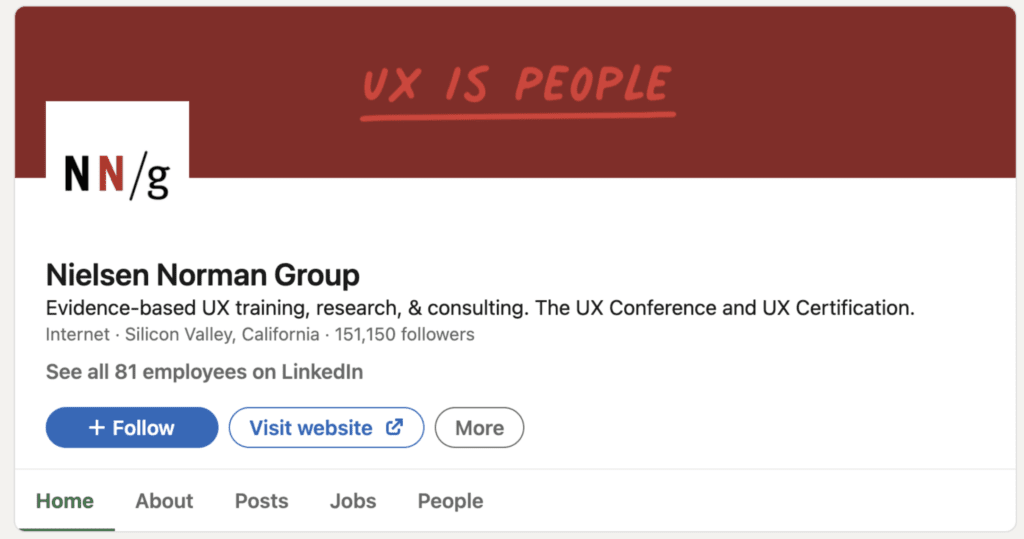
Keep in mind that you need to have the technical foundation in place before you continue with content creation, link building, and the rest. The SEO pyramid is meant to help you simplify your SEO process, improve your rankings and generate more business from organic search. It’s a great way to do SEO in a fun and simple manner. Check you keyword rankings with Morningscore rank tracker – it’s free for 14 days.
FAQ
How long does it typically take to see significant improvements in SEO rankings after implementing the SEO pyramid strategy?
The time frame to observe noticeable improvements in SEO rankings varies depending on several factors, including the website’s current state, the competitiveness of the industry, and how effectively the strategy is implemented. Typically, initial results can be seen within a few months, but it may take up to a year or more for the full impact to be evident.
Are there specific metrics or tools recommended for monitoring the progress and effectiveness of each level within the SEO pyramid strategy?
Yes, monitoring progress requires using a combination of SEO tools and metrics. Google Analytics and Google Search Console are fundamental for tracking website traffic, user behavior, and search rankings. Keyword tracking tools and backlink analysis software can also provide insights into how well your content and link-building strategies are performing.
Can the SEO pyramid strategy be effectively applied across different types of websites (e.g., e-commerce, blogs, corporate sites) and industries, or does it require customization?
The SEO pyramid strategy is versatile and can be adapted to various types of websites and industries. However, customization is key to success. Tailoring the approach to fit specific business goals, target audiences, and industry nuances will enhance its effectiveness and ensure that the strategies align with unique competitive landscapes.

